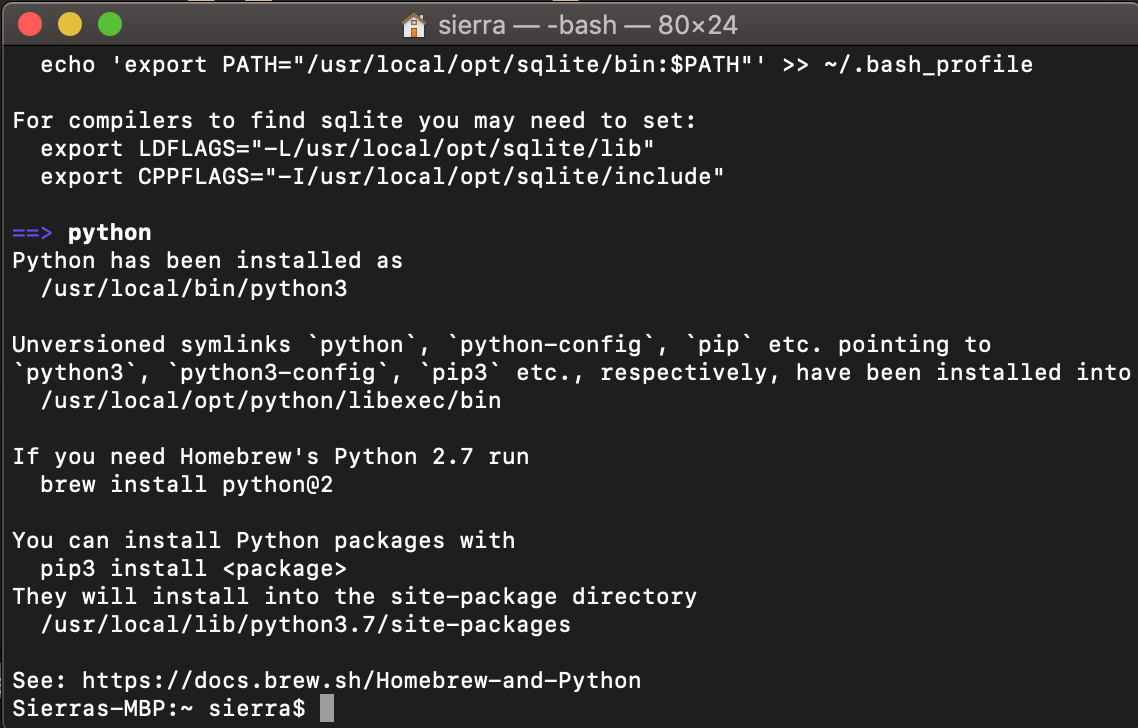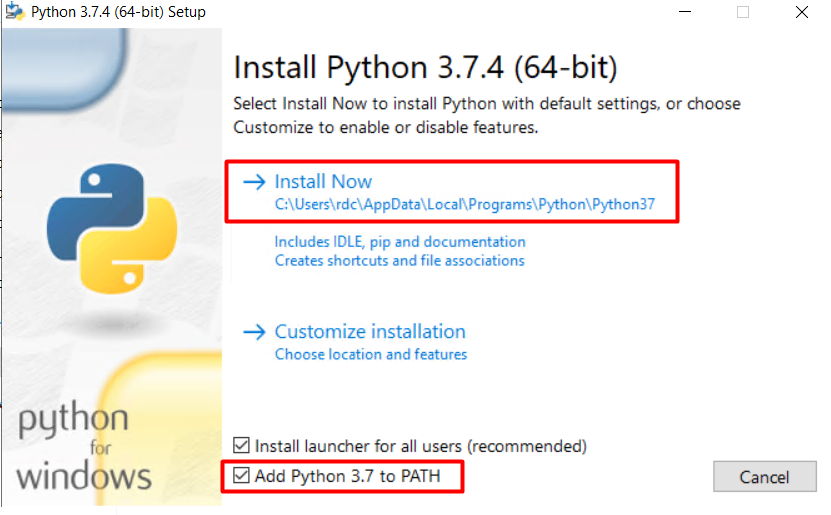

- #Python 3 install packages how to
- #Python 3 install packages software
- #Python 3 install packages download
- #Python 3 install packages windows
Create a virtual environment (recommended) 3. The same applies to Python 2 except that the prefix (if needed) is python2. For other applications, use only the program name. Also use the prefix if the package provides a program that is strongly coupled to the Python ecosystem (e.g.
#Python 3 install packages windows
For more details see Python on Windows FAQ. Python package manager pip is installed by default, but you can also invoke it using command py -m pip which will use pip3 and adequate version of python if you also have python2 installed and/or pip2 on the PATH. To create this module follow the below steps. Example: choco install python3 -params '/InstallDir:C:yourinstallpath' Notes.
#Python 3 install packages download
Once that is done, download the latest version of Python using the wget command as follows: wget.Sudo yum install gcc openssl-devel bzip2-devel libffi-devel zlib-devel
#Python 3 install packages software
#Python 3 install packages how to
In this article, we will outline how to install Python 3.9 on CentOS 7. These are the lowest-level tools for managing Python packages and are recommended if higher-level tools do not suit your needs. Python 3 can be installed on most modern operating systems, including Windows and CentOS. Installing packages using pip and virtual environments This guide discusses how to install packages using pip and a virtual environment manager: either venv for Python 3 or virtualenv for Python 2. As of 2020, Python 3 has taken the place of its predecessor, Python 2.

Typing which R shows: /projects/xxx-xxx-xxx/.One of the most popular programming languages is Python, used in everything from low-level scripting to high-level application development. Now run this: source ~/.conda/envs/myconda/bin/activate myconda Note that myconda is the name specified above, and the prompt switches to (myconda) $. In any case, you are back in the the normal Linux terminal environment.

Now that we have it installed, we can get out of this “root” environment via source deactivate or restart the session. When installing, it briefly shows you that it ends up in ~/.conda/envs/myconda/. You should be able to use any of the listed mirrors by adding a line to your /etc/apt/sources. The example from the documentation is biopython, see. If you are running Ubuntu, it is strongly suggested to use a package manager like aptitude or synaptic to download and install packages, instead of doing so manually via this website. Instead of that, you can add any other anaconda package in that spot. you could also yum search python3 which shows what yum finds, but my simply install python3 worked and installed both python3, python 3.2 with another folder named python 3.2mj as well. Type conda create -n myconda -c mro r This creates a new local environment called “myconda” (name it as you wish) with the package “r” as its source coming from the channel “mro” (Microsoft’s Open R). Many binaries depend on numpy+mkl and the current Microsoft Visual C++ Redistributable for Visual Studio 2015-2022 for Python 3, or.

To get it installed in Anaconda as a user, do this:


 0 kommentar(er)
0 kommentar(er)
